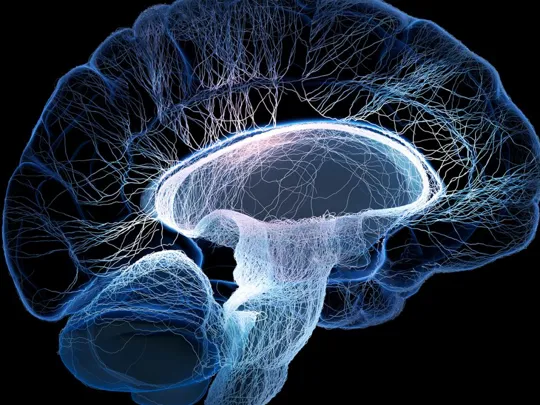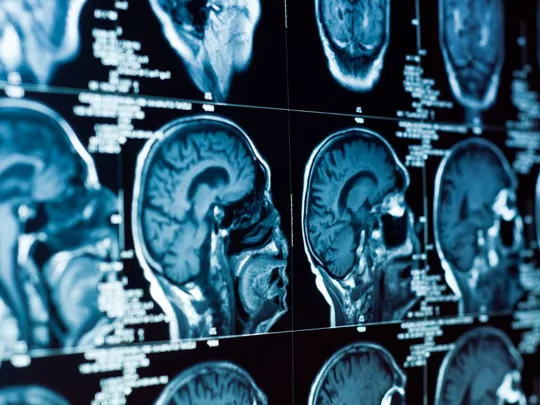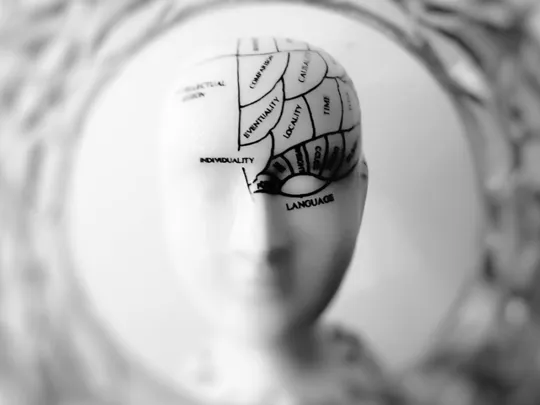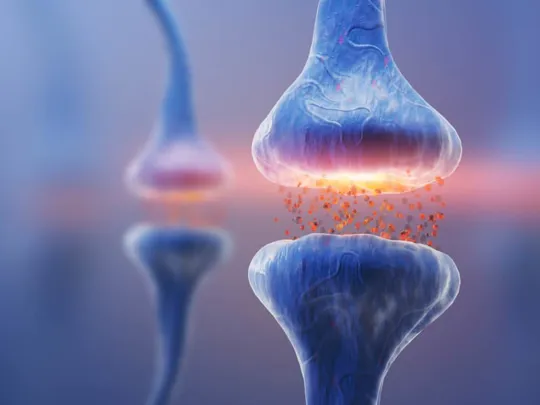Read our latest blog-post for students currently studying psychology for the IBDP from Pamoja teacher, Peter Anthony
The IB Psychology Guide recommends that you study one hormone and one pheromone’s effect on behaviour.
To understand the relationship between genetics and behaviour, the IB Psychology Guide identifies three content areas: genes and their effects on behaviour, genetic similarity, and evolutionary explanations for behaviour.
The studies by Suderman et al. (2014) and the animal study by Weaver et al. (2004) are relevant to showing how a gene is linked to a behaviour.
However, you would need to clearly explain how Weaver et al.’s animal study can inform an understanding of human behaviour.
Twin and kinship studies are ideal for showing genetic similarity for one behaviour among twins, siblings, parents and adopted children.
The Minnesota Twin Study by Bouchard et al. (1990) investigated how far genetic factors play a role in intelligent behaviour.
Richardson and Norgate (2006) conducted a meta-analysis (large scale analysis) of adoption studies and IQ.
Several studies have investigated evolutionary explanations of disgust. For example, Curtis et al. (2004) argued that disgust is an evolutionary mechanism for detecting disease.
This study by Fessler et al. (2005) investigated elevated disgust sensitivity in the first trimester of pregnancy.
Find out more about the IBDP Psychology SL and IBDP Psychology HL with Pamoja.























